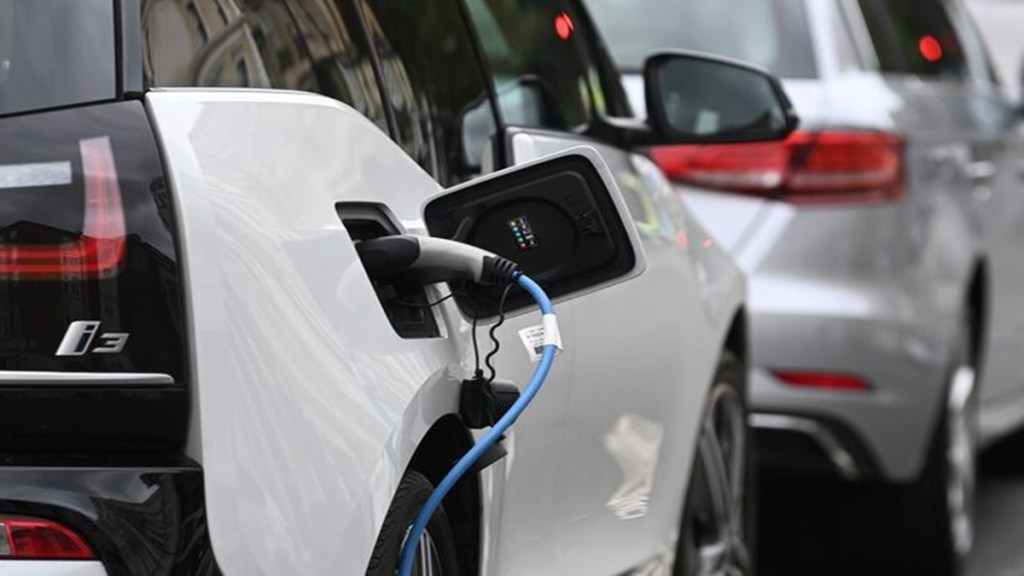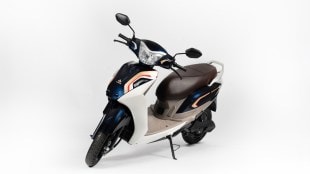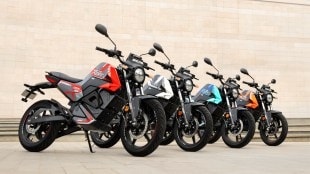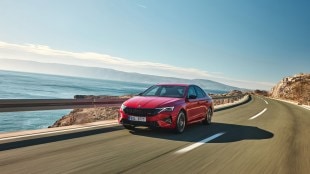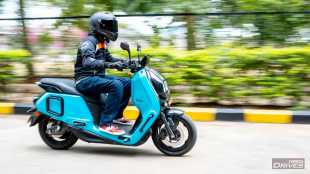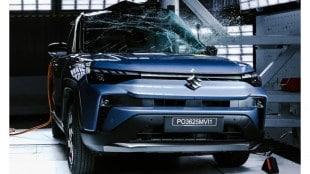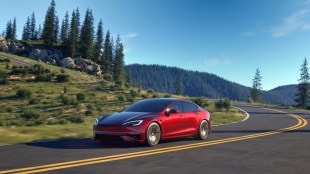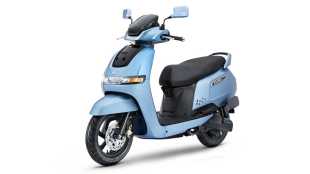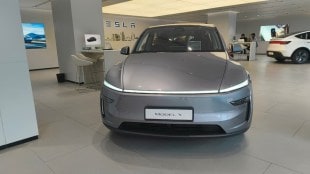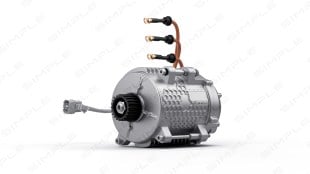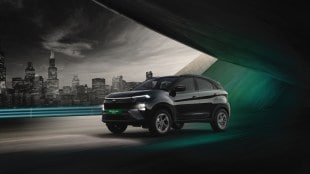By Paras Pasricha
With the onset of the monsoon, it is important for electric vehicle (EV) owners to understand how their vehicles differ from traditional internal combustion engine (ICE) models, not only in terms of mechanics, but also in how they need to be insured. EVs bring with them new risks, components, and cost considerations that require a more nuanced and specialised insurance approach.
Risk profile
EV insurance must account for risks that are unique to electric mobility. The battery pack, control units, software modules, and charging systems introduce technical and financial complexities that ICE vehicles don’t face. The battery, for instance, can account for 40-60% of an EV’s total cost. Damage to this critical component, especially during monsoon-related incidents such as water ingress or short circuits, can lead to very high repair or replacement costs.
To address this, insurers offer dedicated add-ons for battery protection covers, as well as roadside assistance and charging equipment such as home stations and cables.
Monsoon-specific risks
The monsoon season brings with it added risks for EVs. Heavy rainfall, flooding, and increased moisture exposure can severely damage electric systems and batteries. A battery replacement rider becomes almost a necessity during this time, offering protection against costly repairs arising from water ingress or short circuits.
Premiums and pricing
EV insurance tends to be 10-20% more expensive than insurance for ICE vehicles in comparable categories. For example, when comparing a Petrol Punch with an EV Punch, the EV variant will have a higher premium, mainly due to the cost of specialised parts and the need for expert repair services. The cost is higher also because the EV cars are more expensive than similar petrol variants and hence the insurance IDV cover is higher.
The Insurance Regulatory and Development Authority of India (Irdai) has allowed a 15% discount on third-party insurance premiums for EVs. This has helped offset some of the upfront cost difference. Moreover, as insurers gather more performance and claim data on EVs, underwriting practices are becoming more refined.
What to look out for
Consumers need to be particularly discerning when choosing an EV insurance policy. A comprehensive plan that includes battery protection add-on is a must. Zero depreciation cover is another important add-on, given the high value of EV components and the rising cost of claims. Add-ons such as charging equipment cover and advanced roadside assistance are also key features to consider.
That said, policyholders must also pay close attention to what isn’t covered. Natural battery wear and tear is generally excluded, and damage due to negligence or use of non-standard charging equipment may not be covered either.
The writer is head, Motor Insurance, Policybazaar
